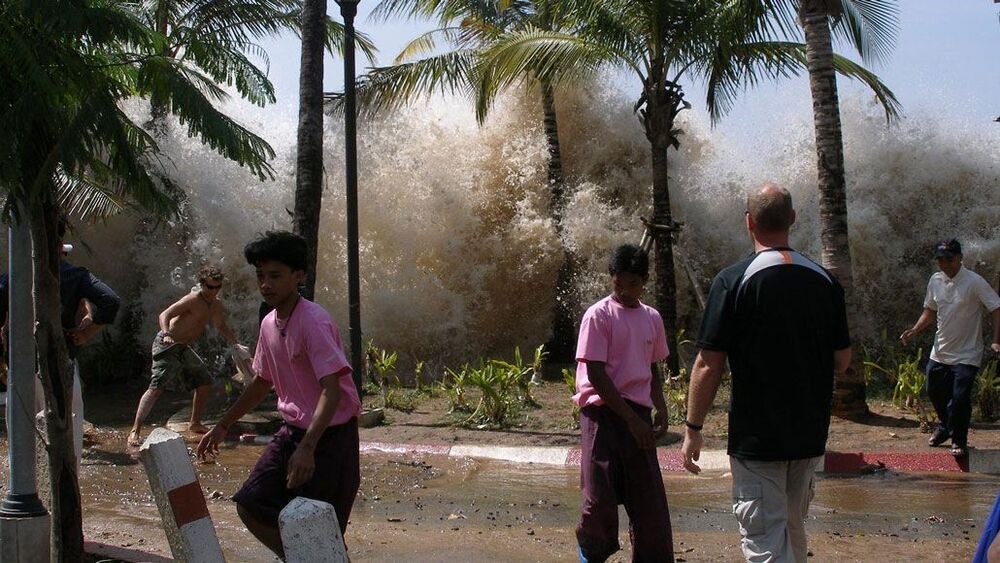Click on photo to start video.



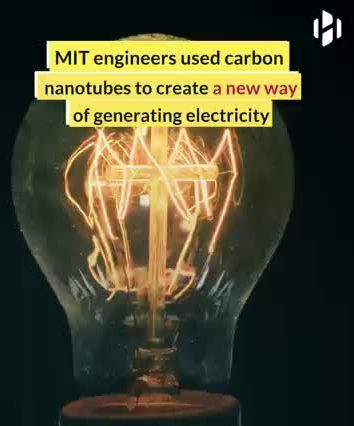
“To see, to know, and to tell what the Cosmos has to offer.”
In a special appearance from this year’s # StateOfNASA, William Shatner reads Ray Bradbury’s poem “Witness and Celebrate NASA’s Future.” Watch: youtu.be/8xs98fr0M6M

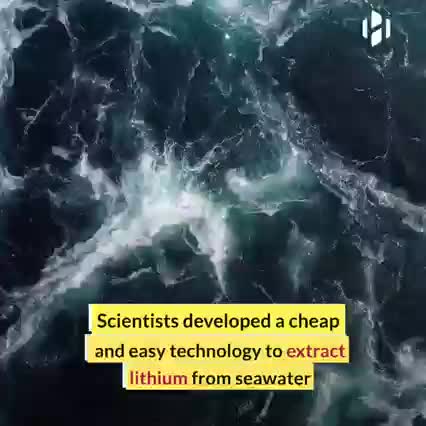
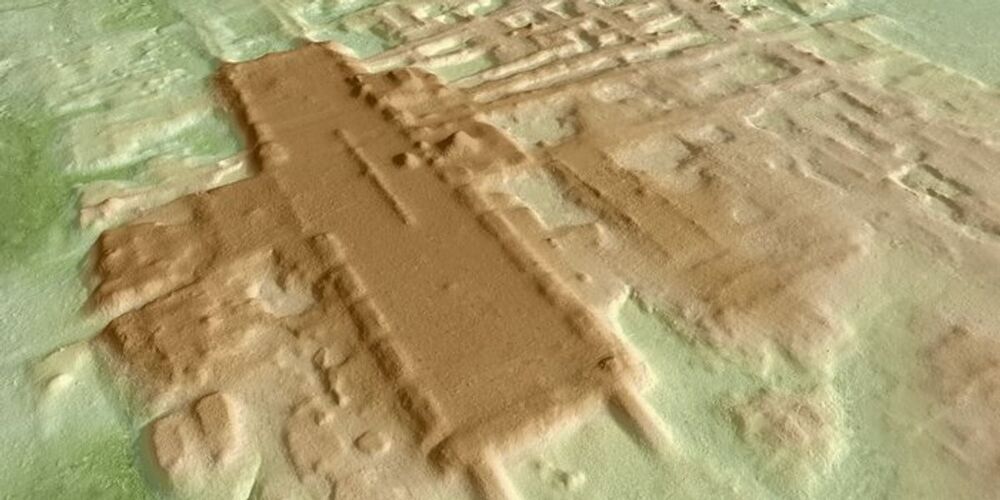
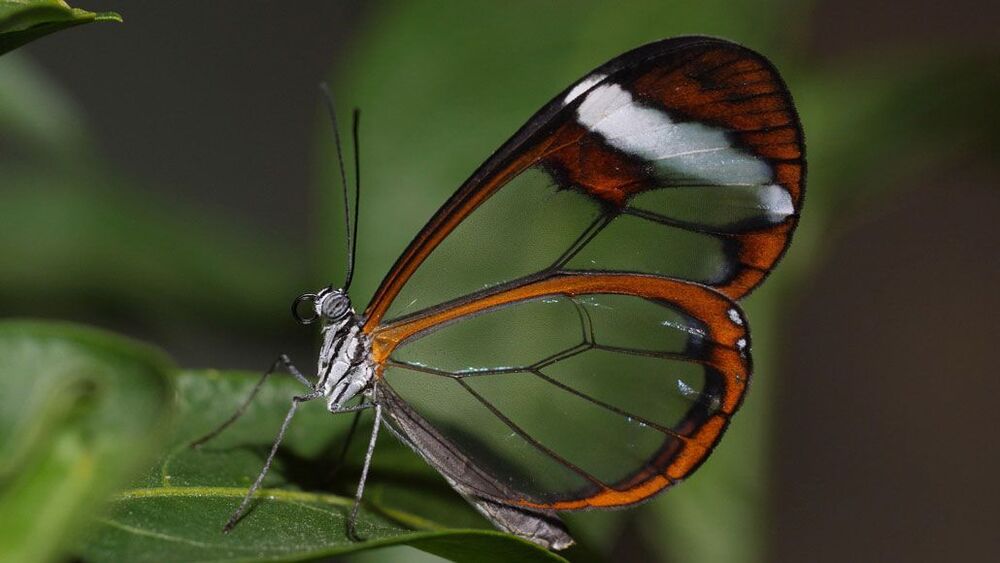

At some point in the next few months, Microsoft will start encouraging people to upgrade to Windows 11. If we’re lucky, the company will have learned from its “Get Windows 10” debacle and will not launch a glorified malware application. Regardless of how the company approaches the topic, however, you can bet we’re all going to get blitzed with advertising one way or another.
But that lovely event/hostage-taking is still in the future. For now, Microsoft would appreciate it if everyone stopped downloading the leaked version of Windows 11 that popped up last week. In the process, the OS developer has confirmed what everybody already knew — Windows 11 is, in fact, an official thing that’s happening.
